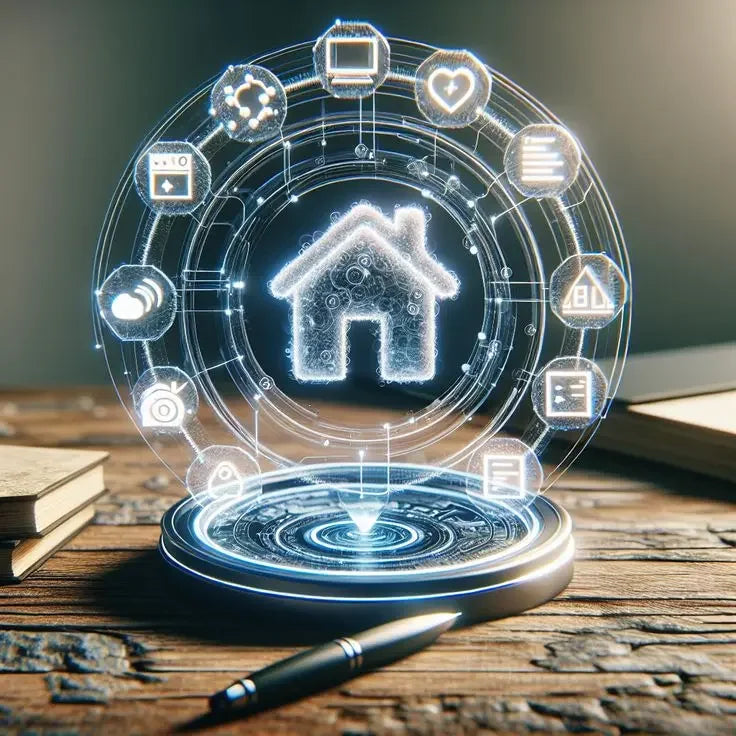
Building Management Systems (BMS): The Core of Smart, Energy-Efficient Facilities
Share
In a world increasingly focused on sustainability and operational efficiency, Building Management Systems (BMS) have become the backbone of modern Facilities Management (FM). These intelligent platforms enable FM teams to automate, control, and optimize key building functions—drastically reducing energy consumption and operational costs.
From smart HVAC controls to real-time monitoring dashboards, BMS solutions are revolutionizing how buildings are managed.
What Is a BMS?

A Building Management System (BMS)—also known as a Building Automation System (BAS)—is a centralized platform that connects and controls various mechanical and electrical systems within a building. This includes:
HVAC (Heating, Ventilation, Air Conditioning)
Lighting systems
Power distribution
Fire alarms and safety systems
Elevators and access control
Water and plumbing systems
By integrating all these components, a BMS gives FM professionals real-time control and data-driven insights into how their buildings operate.
Automation Tools for Energy Optimization
Smart automation is at the heart of energy efficiency. Here are some common BMS-driven automation tools making a big impact:
1. Occupancy-Based Lighting Control
Lights automatically switch on/off based on room usage, saving up to 30% of energy.
2. Smart HVAC Scheduling
HVAC systems adjust automatically based on time of day, external weather, and occupancy levels—significantly reducing wasted energy.
3. Predictive Maintenance Alerts
Sensors track equipment performance and notify FM teams before breakdowns occur, cutting energy waste from malfunctioning systems.
4. Dynamic Energy Load Balancing
Advanced BMS platforms can shift energy loads based on tariffs or peak-hour rates, optimizing cost and performance.
Real-World Results
According to the U.S. Department of Energy, buildings using automated systems and BMS can reduce energy consumption by up to 30% annually.
📖 Source: U.S. Department of Energy – Building Technologies Office
In large commercial buildings, this can translate into thousands of dollars in savings per year while simultaneously supporting corporate sustainability goals.
Benefits Beyond Energy:
Improved indoor comfort & air quality
Data-driven decisions for FM teams
Remote monitoring & control capabilities
Better regulatory compliance (LEED, ISO 50001)
Future of BMS: AI and IoT Integration
Modern BMS platforms are increasingly integrating with:
Artificial Intelligence (AI) for autonomous decision-making
Internet of Things (IoT) for advanced sensor data collection
Cloud-based dashboards for mobile and remote access
These innovations are moving facilities from reactive maintenance to predictive and prescriptive operations, boosting both performance and sustainability.
Final Thoughts
Investing in a Building Management System isn’t just a technical upgrade—it’s a strategic decision. With energy prices rising and sustainability regulations tightening, a well-implemented BMS helps facilities stay compliant, efficient, and future-ready.